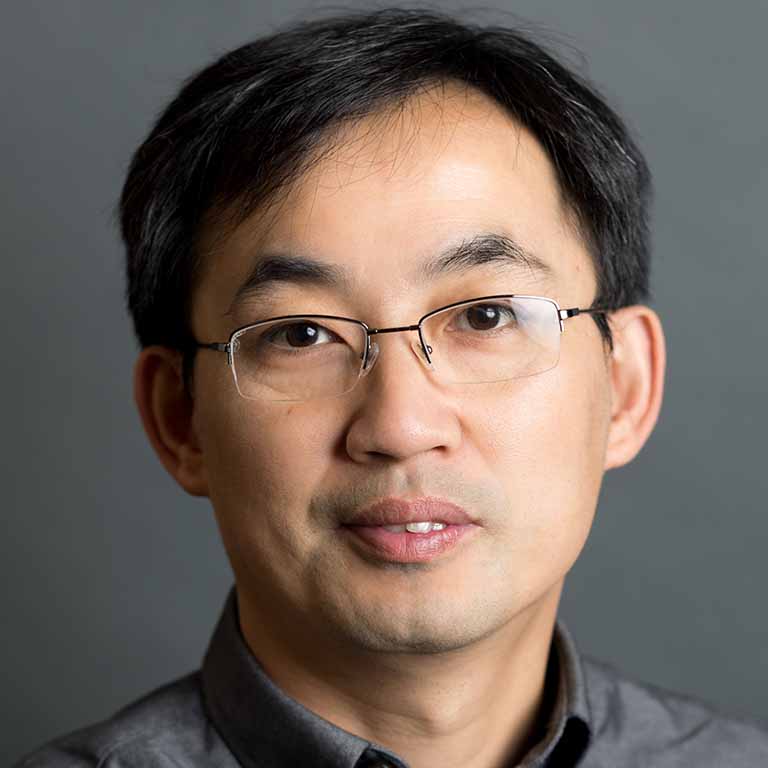DNA breaks can arise either from exposure to DNA damaging agents, such as ionizing radiation, genotoxic chemicals, or from injured DNA replication forks. Failure to properly repair these chromosomal lesions may lead to mutagenesis, gross chromosomal rearrangements, and ultimately to cancer. DNA double-strand break (DSB), which may physically break a chromosome, is among the most dangerous DNA lesions and is repaired via two major pathways, Homologous Recombination (HR) and Non-Homologous End Joining (NHEJ). Notably, besides DNA damage repair, DSB processing and repair also play key roles in other pathways of DNA metabolism, e.g. replication fork recovery, telomere maintenance and meiotic chromosome segregation. A long-term interest of our research is to delineate the mechanism of DSB repair and to ascertain its role in various DNA metabolic pathways. In particular, DSB repair takes place within complex organization of chromatin structures. Multiple chromatin modifications, remodelers and histone chaperons either participate directly in the repair process or function indirectly as regulators. Through a multi-disciplinary approach, we will strive to understand the interplay of DSB repair process and chromatin structures.

 The College of Arts
The College of Arts